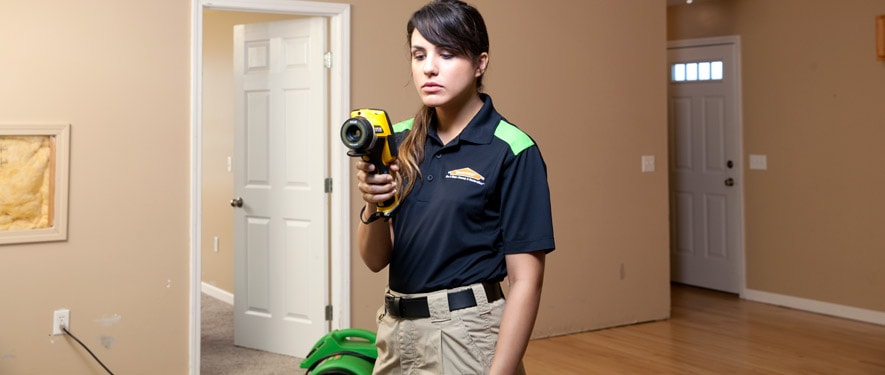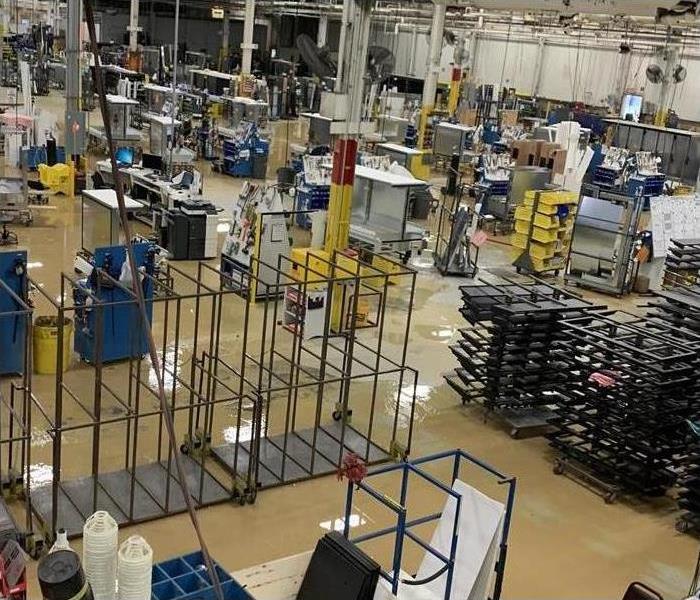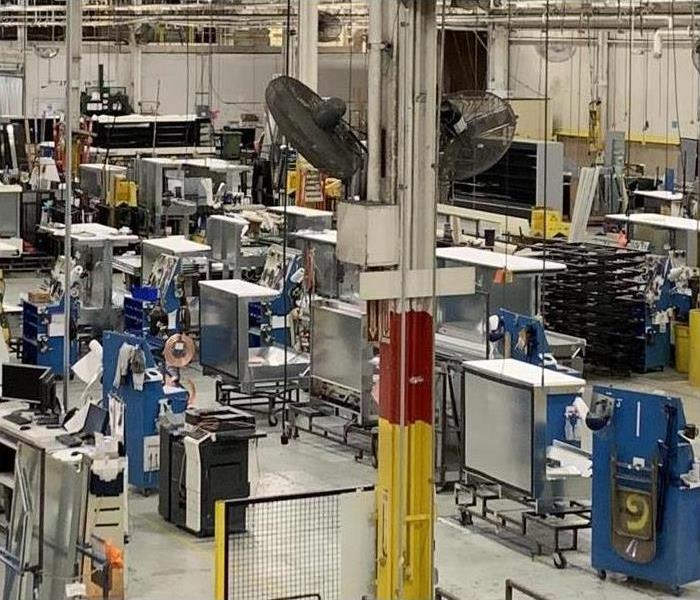
Step 2: Inspection and Water Damage Assessment
Our Water Damage Restoration Process
Sometimes our Job File Coordinators will receive messages from clients asking if we accept pictures as a visual assessment. Unfortunately, we don’t because we want our Project Managers to provide a visual evaluation to understand the job better. A visual assessment lets our team know where and what the source is and how severe water damage is. A picture is unable to show the warping of the flooring properly. When our Project Manager goes to a client’s property, there are so many details that they need to gather and generate an accurate scope of work while ensuring there isn’t more significant damage that needs to be addressed.
Identify and Stop the Water Source
We will check for the source of moisture in your home or business. The source must be stopped before any restoration or drying of the building can be successful.
- Stop the Source
- Check for Contaminated Water
Identify the Type of Water
We will identify the category and classification of water damage to ensure our professionals restore your property based on industry guidelines. The level of contamination of the water will affect the specific restoration processes we use.
- Category 1: "Clean Water"
- Category 2: "Gray Water"
- Category 3: "Black Water"
Survey the Extent of the Water Damage and Inspect the Premises
We inspect and test to determine the extent of damage and how far the moisture has traveled to ensure proper and complete restoration. In addition, we will inspect for safety concerns that may be evident. If there are any safety issues like lead or asbestos, please bring them to our attention.
- Survey Damage
- Complete Safety Inspection
Move or Block Furniture
We move furniture and property contents and block items to help prevent rust or furniture stains on wet carpet.
- Block Furniture



 24/7 Emergency Service
24/7 Emergency Service




